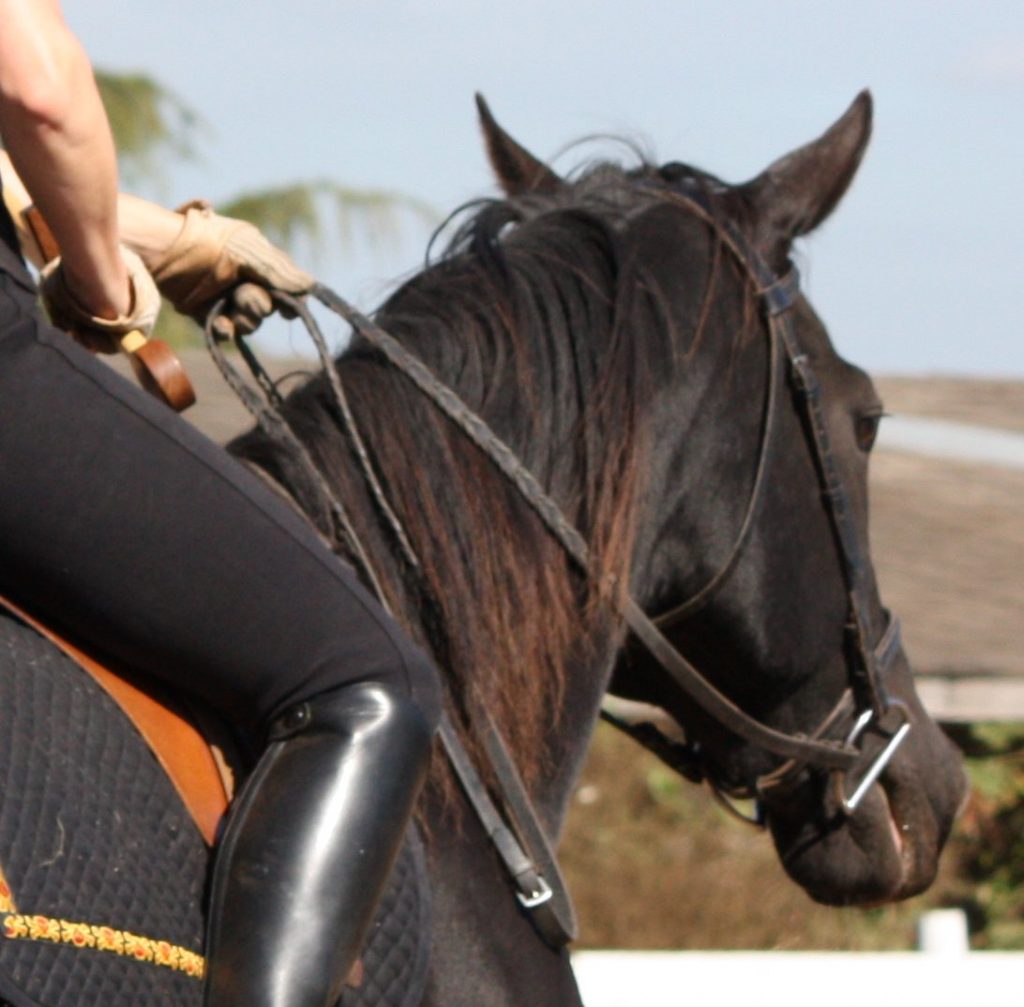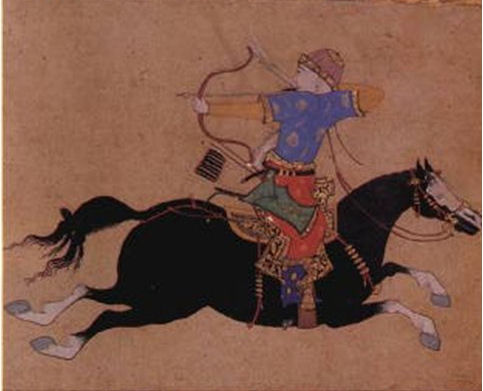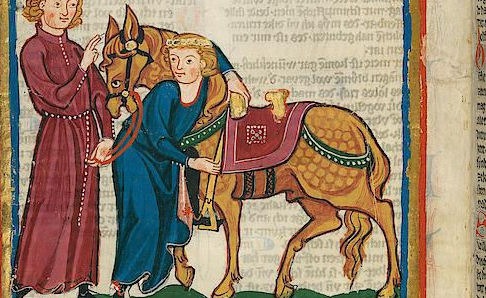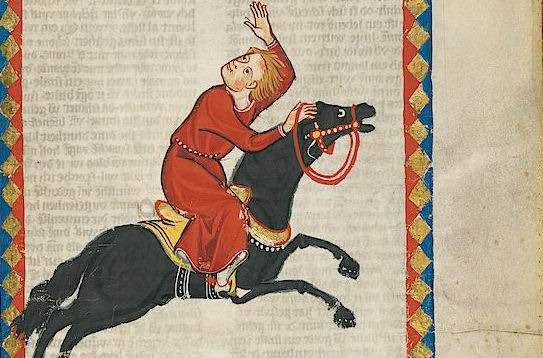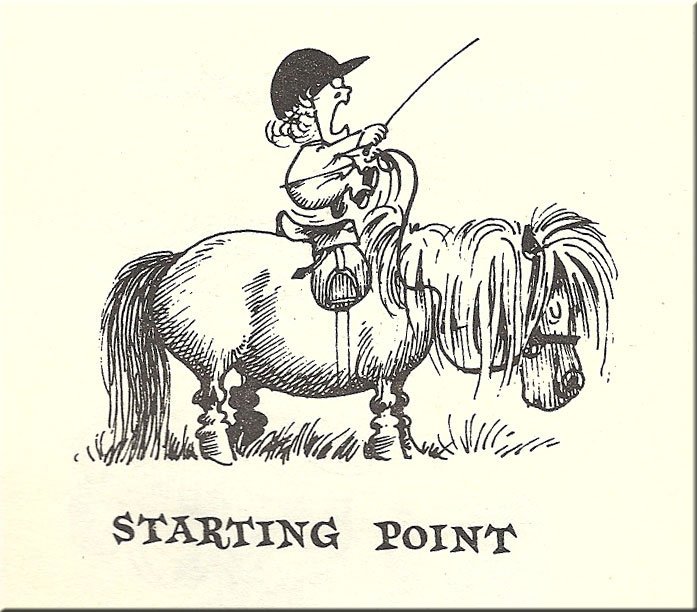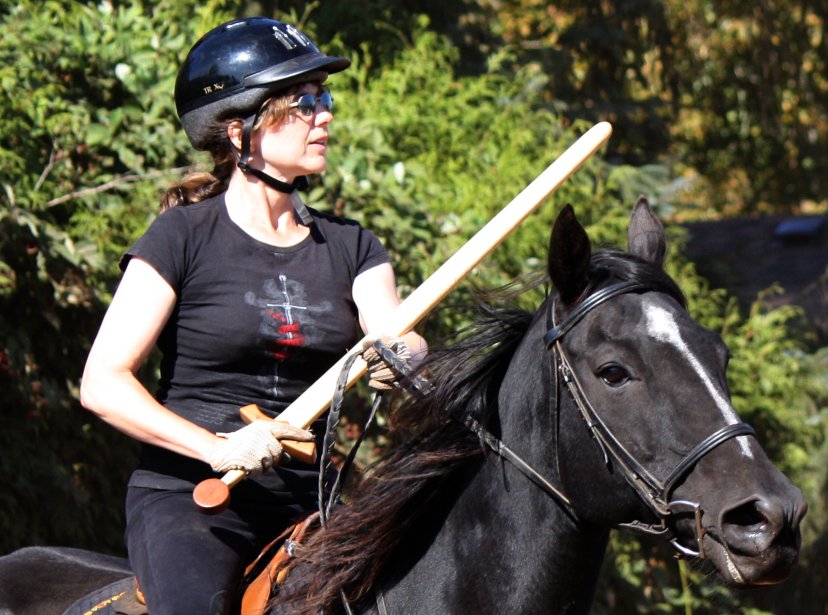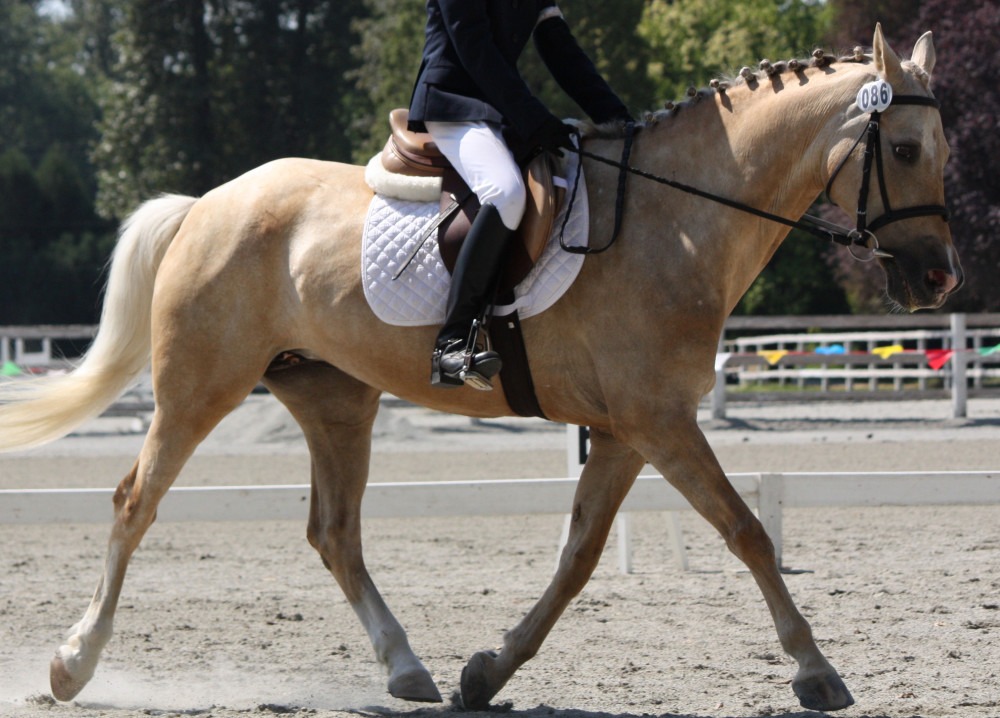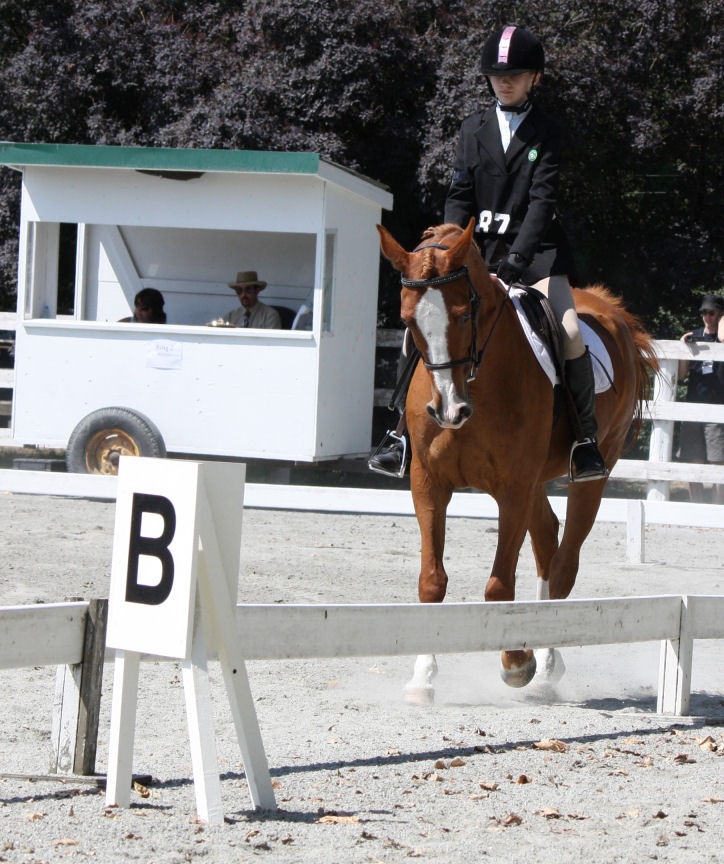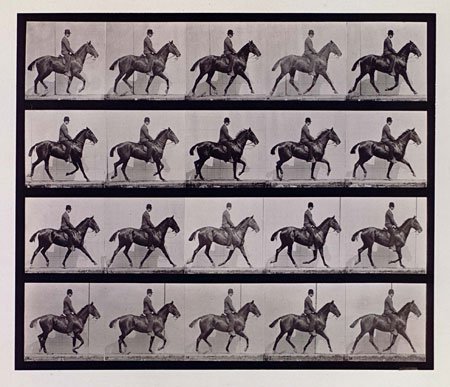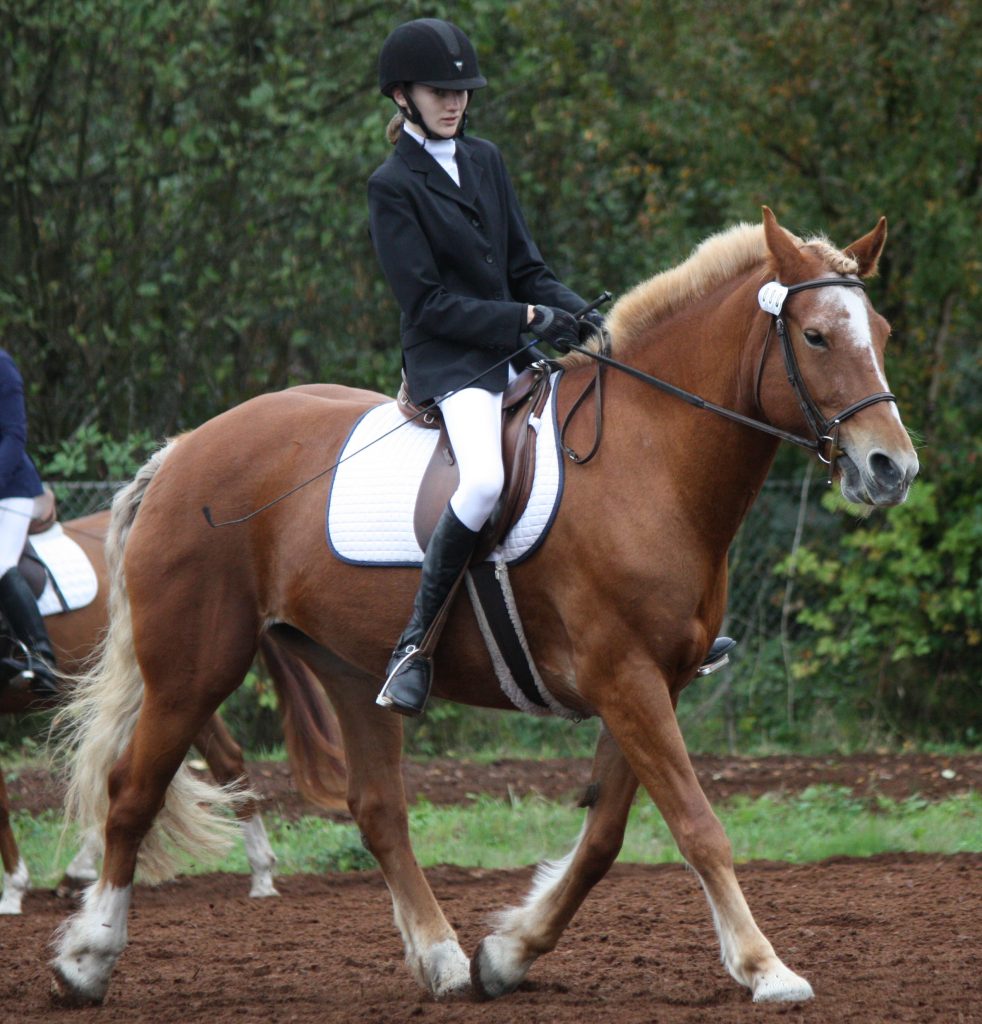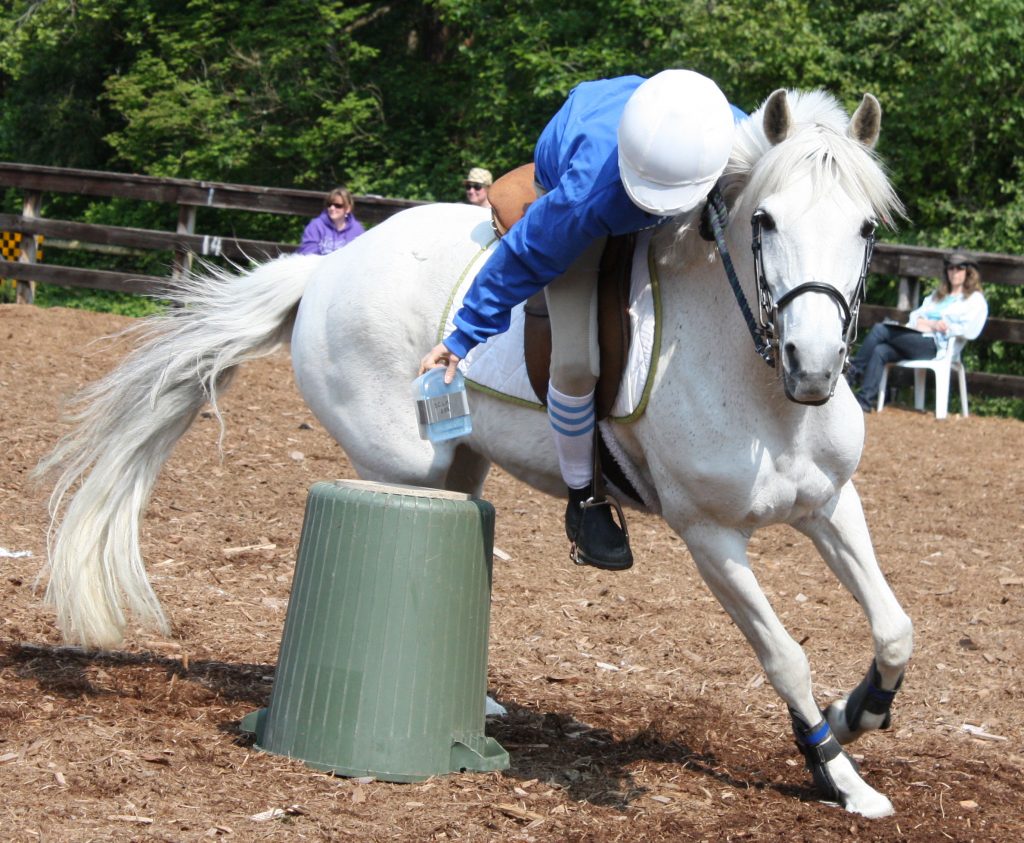Riding Level 2: Adjusting the Reins When you were a beginner rider, your instructor may have marked a spot on the reins, and said "keep your hands here." We do that because most riders tend to ride with reins far too loose when they start out, and the mantra "shorten your reins" gets old to…
